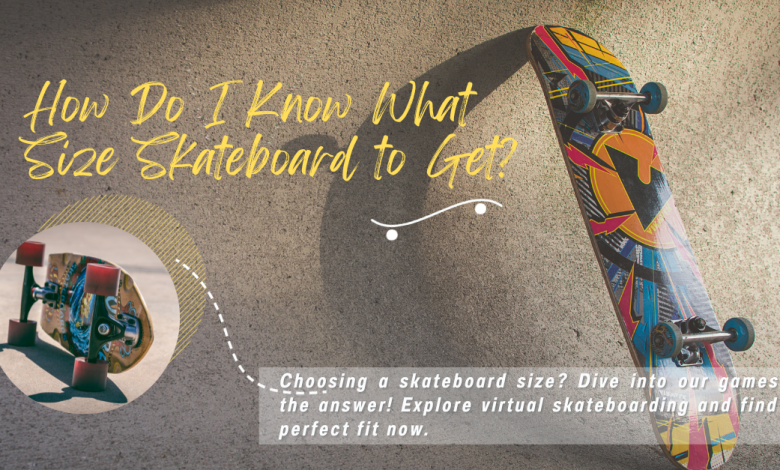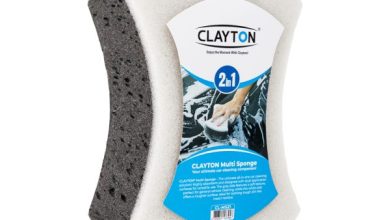How Do I Know What Size Skateboard to Get?

Choosing the right skateboard size is a crucial decision for any rider, whether you’re a seasoned skater or a newcomer eager to step onto the board. The size of your skateboard can significantly impact your riding experience, affecting everything from stability to maneuverability. If you find yourself pondering the question, “How do I know what size skateboard to get?” you’re in the right place. In this comprehensive guide, we’ll explore the key factors influencing skateboard size choices, empowering you to make an informed decision and set the stage for a comfortable and enjoyable ride.
Understanding Skateboard Size: The Basics
For ongoing insights, tips, and community engagement, visit Skatesblog. Whether you’re seeking advice on gear, technique, or simply want to connect with fellow skateboarders, Skatesblog is a hub for all things skateboarding, enriching your experience on and off the board.
1. Deck Length
The length of a skateboard deck is measured from the tip of the nose to the tail. Skateboards come in a range of lengths, typically measured in inches. Common lengths include:
- Shortboards: 28″ to 32″
- Mid-Size Boards: 32″ to 34″
- Full-Size Boards: 34″ and above
2. Deck Width
Deck width is measured across the widest part of the skateboard. Width is a critical factor influencing stability and foot placement. Standard deck width ranges include:
- Narrow Decks: 7.5″ to 8″
- Medium Decks: 8″ to 8.5″
- Wide Decks: 8.5″ and above
3. Wheelbase
The wheelbase is the distance between the inner mounting holes for the trucks. A longer wheelbase can contribute to stability, while a shorter wheelbase enhances maneuverability. Wheelbases are typically categorized as short, medium, or long.
Factors Influencing Size Choices
1. Riding Style and Discipline
Different riding styles and disciplines may favor specific skateboard sizes. Consider the following:
- Street Skating: Smaller decks (7.5″ to 8″) are often preferred for technical tricks and flips.
- Vert Skating: Wider decks (8″ and above) offer stability for high-speed maneuvers in vertical ramps.
- Cruising and Commuting: Medium to wider decks (8″ and above) provide a stable platform for comfortable rides.
2. Skater’s Height and Shoe Size
A skater’s height and shoe size play a role in determining the appropriate deck size. Taller riders may find longer decks more comfortable, while smaller riders may prefer shorter decks for maneuverability. Shoe size correlates with deck width, ensuring proper foot placement and control.
3. Personal Preference
Skateboarding is a highly personal activity, and individual preferences vary. Some riders prefer the stability of wider decks, while others appreciate the agility of narrower options. Trying out different sizes and experimenting with what feels comfortable is a valid approach to finding the right fit.
4. Terrain and Riding Conditions
Consider the terrain and conditions where you’ll be riding. For street skating and technical tricks, a smaller deck may be suitable. If you plan to tackle ramps, bowls, or rougher surfaces, a wider and more stable deck may be preferable.
Choosing the Right Skateboard Size: A Step-by-Step Guide
1. Identify Your Riding Style
Determine your primary riding style, whether it’s street skating, vert skating, cruising, or a combination. Your riding style will guide the choice between a smaller, more agile deck or a larger, more stable one.
2. Consider Your Height and Shoe Size
Take into account your height and shoe size. Taller riders may find longer decks (34″ and above) comfortable, while shorter riders might prefer shorter decks (32″ and below). Match your shoe size to the deck width for optimal foot placement.
3. Think About Deck Width
Deck width is a critical factor influencing stability and control. Choose a width that aligns with your riding style and preferences. If you’re uncertain, a medium-width deck (8″ to 8.5″) is a versatile choice suitable for various styles.
4. Experiment and Test
If possible, try out different deck sizes before making a final decision. Borrow boards from friends, visit a local skate shop, or attend skateboarding events where you can test different sizes. Pay attention to how each size feels in terms of stability, maneuverability, and comfort.
5. Consult Skating Communities and Resources
Skating communities and resources, such as Skatesblog, provide valuable insights and experiences from fellow skateboarders. Participate in forums, read reviews, and gather information to make an informed decision about the right skateboard size for your needs.
Conclusion
Choosing the right skateboard size is a pivotal step in ensuring a comfortable and enjoyable ride. By understanding the basics of deck length, width, and wheelbase, considering factors like riding style and personal preferences, and experimenting with different sizes, you can confidently select a skateboard that complements your individual needs. Remember that skateboarding is a dynamic and personal experience, and finding the right size is an integral part of expressing yourself on the board.



